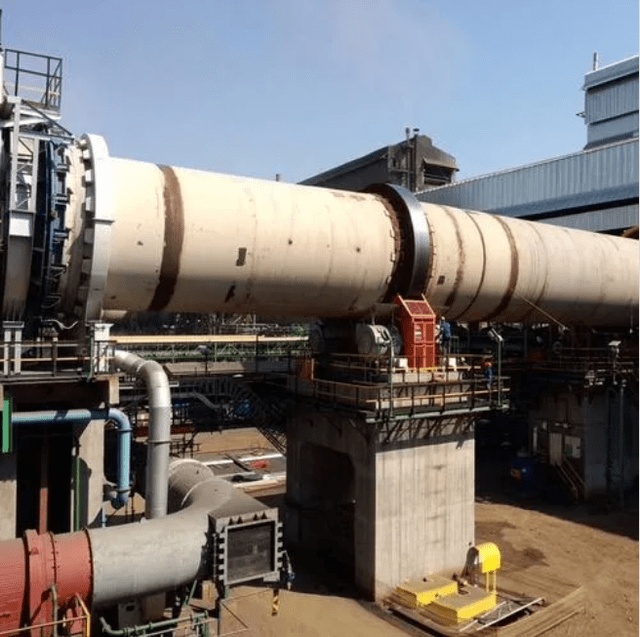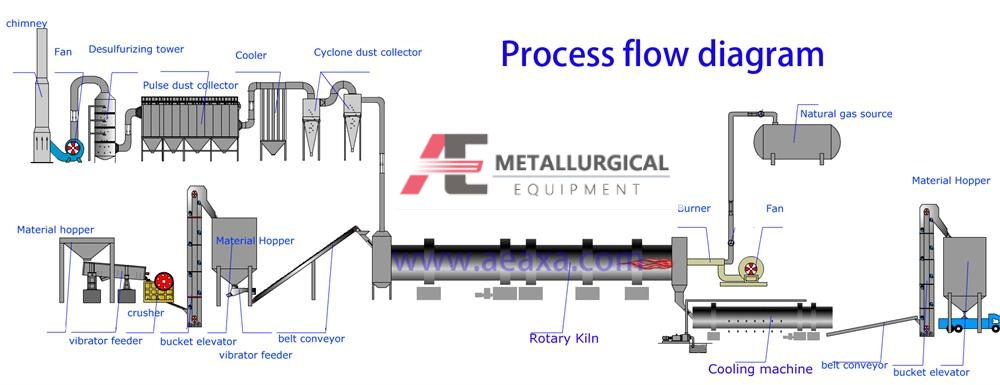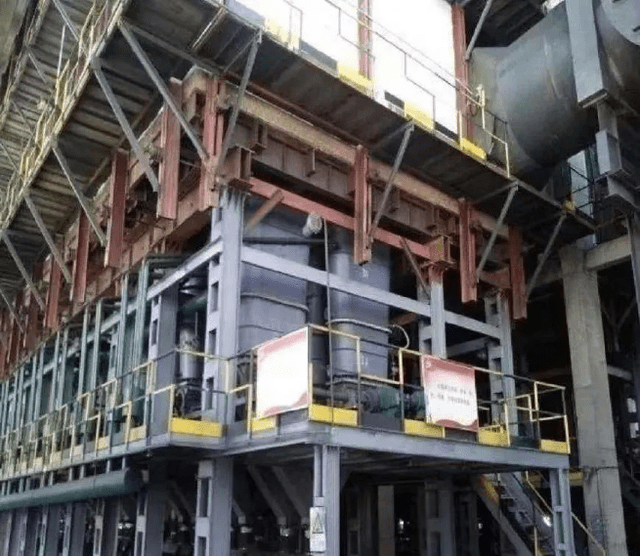Petroleum coke calcining system
Mature petroleum coke calcining equipment manufacturing experience
We have more than 10 petroleum coke calcination systems in safe operation around the world, 85% of which are rotary kiln calcination processes.
There are more than 20 petroleum coke calcining systems operating safely in China, 6 of which are EPC projects, and most of them are tank calcining furnace processes.
He has more than 20 years of experience in the design, process, equipment manufacturing, installation and commissioning, operation training, and after-sales service of petroleum coke calcination systems.
Our equipment prices are highly competitive among global petroleum coke calcination systems
Petroleum coke calcining technology is divided into rotary kiln calcining technology and tank calcining furnace technology
1,Rotary kiln technology mainly has the following processes:

1) Preheating: By slowly rotating the cylinder and adding a certain amount of combustion aid, the internal petroleum coke reaches the ignition point and burns slowly;
2) Calcination: The cylinder rotation is accelerated externally and the temperature is increased for calcination, which intensifies the internal chemical reaction of petroleum coke;
3) Cooling: After the water evaporates, the petroleum coke condenses to produce high-precision petroleum coke.
Analysis of advantages, disadvantages and practicality: Combined with the large-scale nature of industrial production, rotary kilns have the characteristics of simple operation, large output, low cost, and convenient maintenance. They can effectively operate for enterprises for 20 to 30 years and are suitable for a variety of carbon Vegetarian petroleum coke is used. At the same time, the rotary kiln itself relies on the rotation of internal combustion materials, chemical reactions and other principles to save the cost of combustion aids.
Petroleum coke calcining is a three step process, including drying, devolatization and densification. The Petroleum coke calcining process is a time-temperature function, conducted in an oxygen deficient atmosphere. Important control variables are heating rate, air addition rate and final calcination temperature. To obtain the calcined Petroleum coke properties required by the carbon and graphite industries, the Petroleum coke must be subjected to temperatures of 1150-1350 Deg C or higher to achieve density and conductivity.
The final quality of the calcined coke is directly related to the specific characteristics and quality of the green coke fed to the calciner. While calcination cannot improve upon certain quality limits inherent in the green Petroleum coke, potential quality can be lost by improper calcining.

Petroleum coke calcining rotary kiln technical process flow chart
How it works
Petroleum coke calcining plants can be located in oil refineries, captive plants in aluminum smelters or merchant plants.
Rotary Kiln
The Petroleum coke is fed into a refractory lined rotary kiln where the volatiles are driven off during the calcining process in an oxygen deficient atmosphere. Air can be injected through the kiln shell to burn a portion of the volatile matter in the kiln providing usable heat to the kiln.
Cooling:
Once the calcined Petroleum coke is discharged from the kiln, the Petroleum coke is cooled in a rotary cooler. At the feed end of the cooler, water is sprayed on the calcined Petroleum coke to cool the Petroleum coke to acceptable temperatures. The water is evaporated in the process.
Afterburner:
The kiln exhaust gas is oxygen deficient and contains volatile matter released in the kiln. The kiln exhaust gas is directed to an afterburner (secondary combustion chamber) and air is injected to burn the volatiles and dust. A waste heat recovery boiler is used to produce steam from the heat contained in the afterburner exhaust gas.
Flexibility in operations
rotary kilns can handle a wide range of green Petroleum cokefeeds including needle, sponge, shot, fluid or tar pitch green cokes. The rotary kiln is also able to optimize the Petroleum coke calcining operating parameters, be it residence time, temperature gradient, and heat up rate, all of which impact product quality. Petroleum coke kilns can be fueled with: gas, heavy oil, oil, refinery gas, waste oil and solid fuel, fired independently or in combination.
2,Petroleum coke tank calciner technology

1. Principle analysis: The main structures of the tank calciner include: material tank, fire channel, heat exchange chamber, feeding and discharging device, cooling water circulation device, etc. During the high-temperature calcination process, the petroleum coke added to the tank realizes the continuous reaction of the internal carbon materials through the internal fixed materials, thereby completing the high-temperature calcination. Among them, common calcining tanks can be divided into co-current calcining and counter-current calcining according to the degree and direction of smoke exhaust.
2. Practical analysis: Tank-type decomposition furnaces are widely used in China and are the core industrial means of the carbon industry. The specially treated petroleum coke in the tank can meet various requirements for full heating and indirect heating, and can avoid internal contact with air. , Reduce the oxygen loss rate and improve the output and quality of finished products

Tank type Calcining furnace technology Flow chart